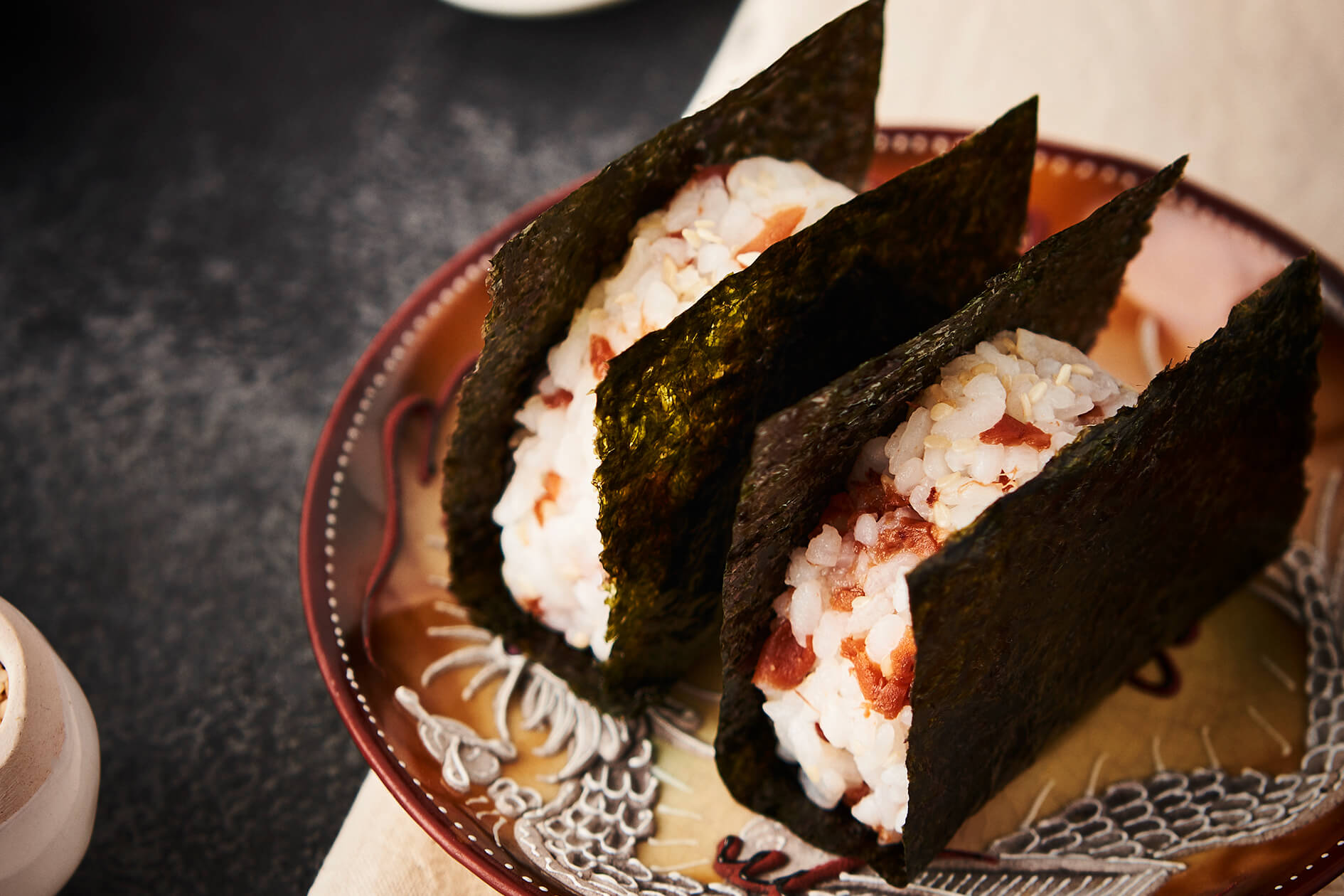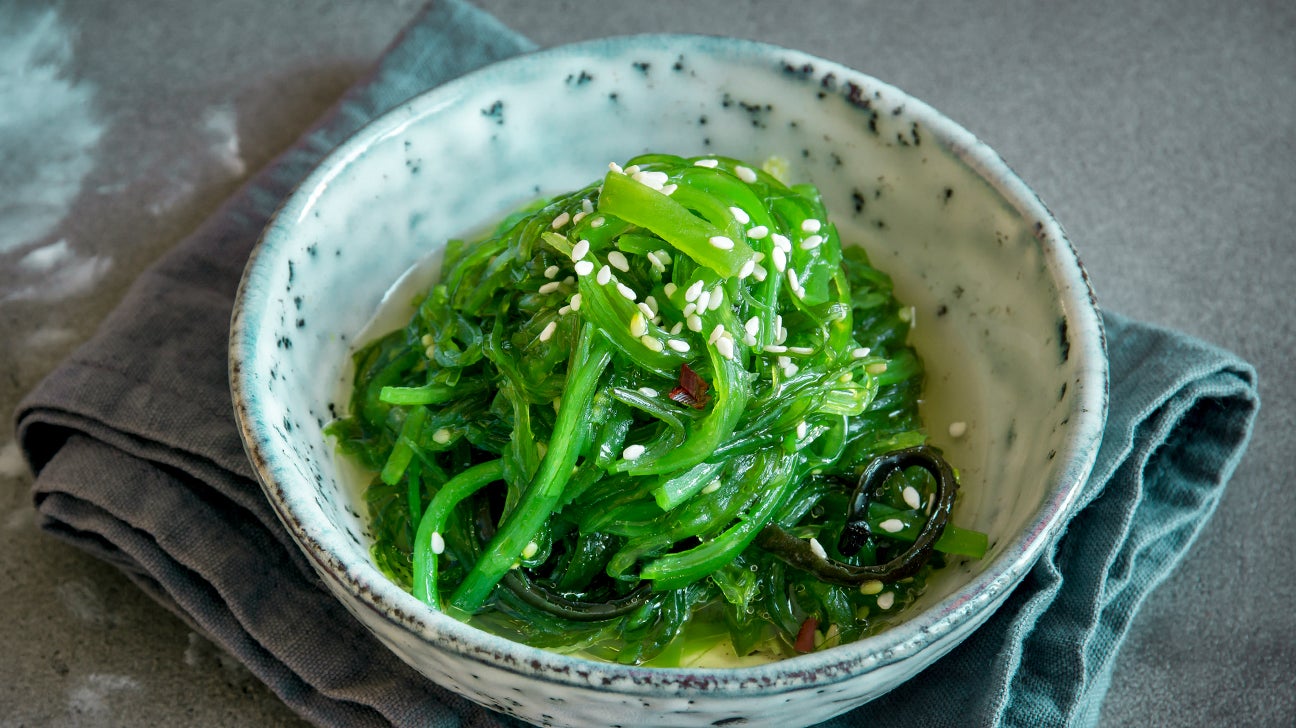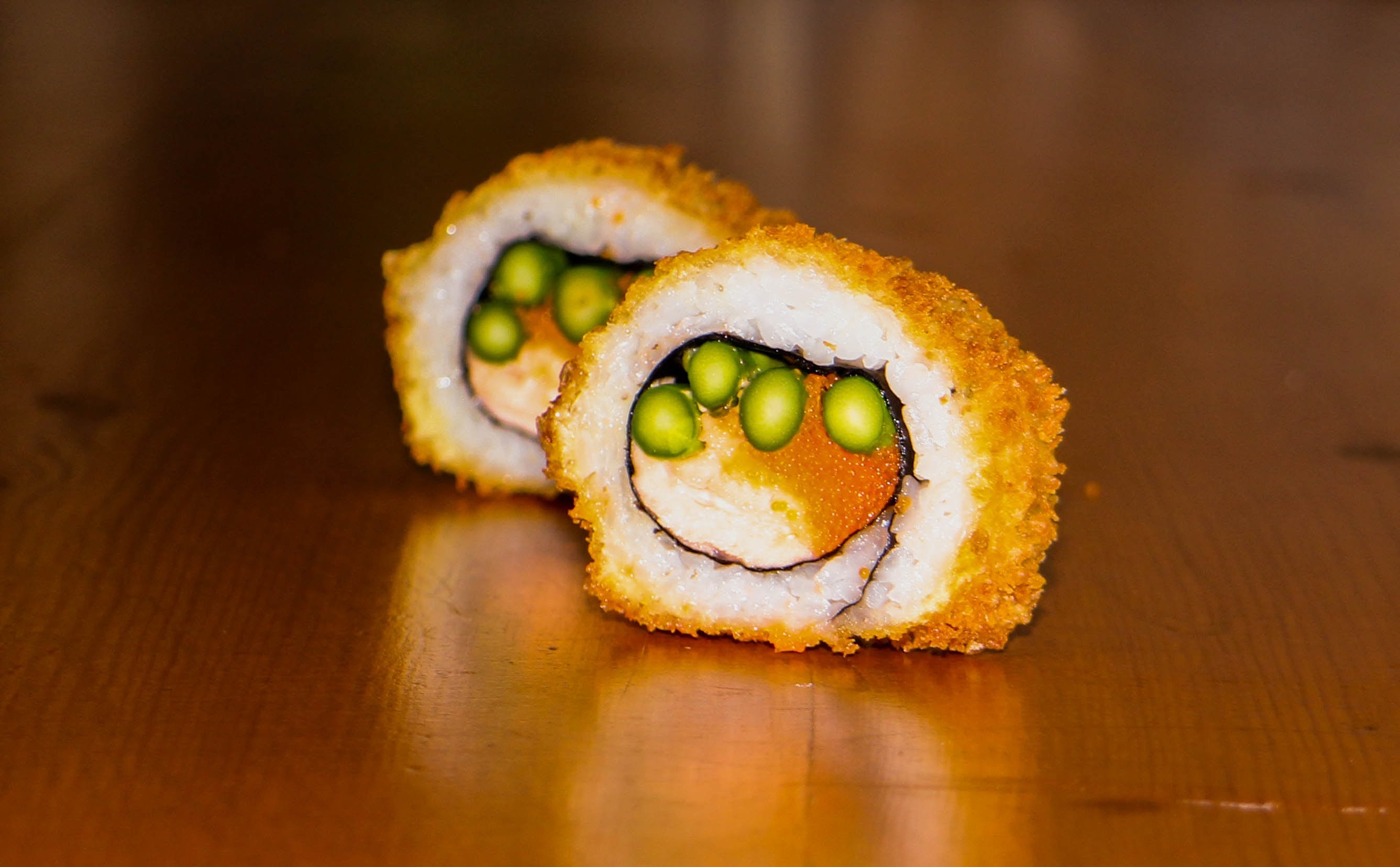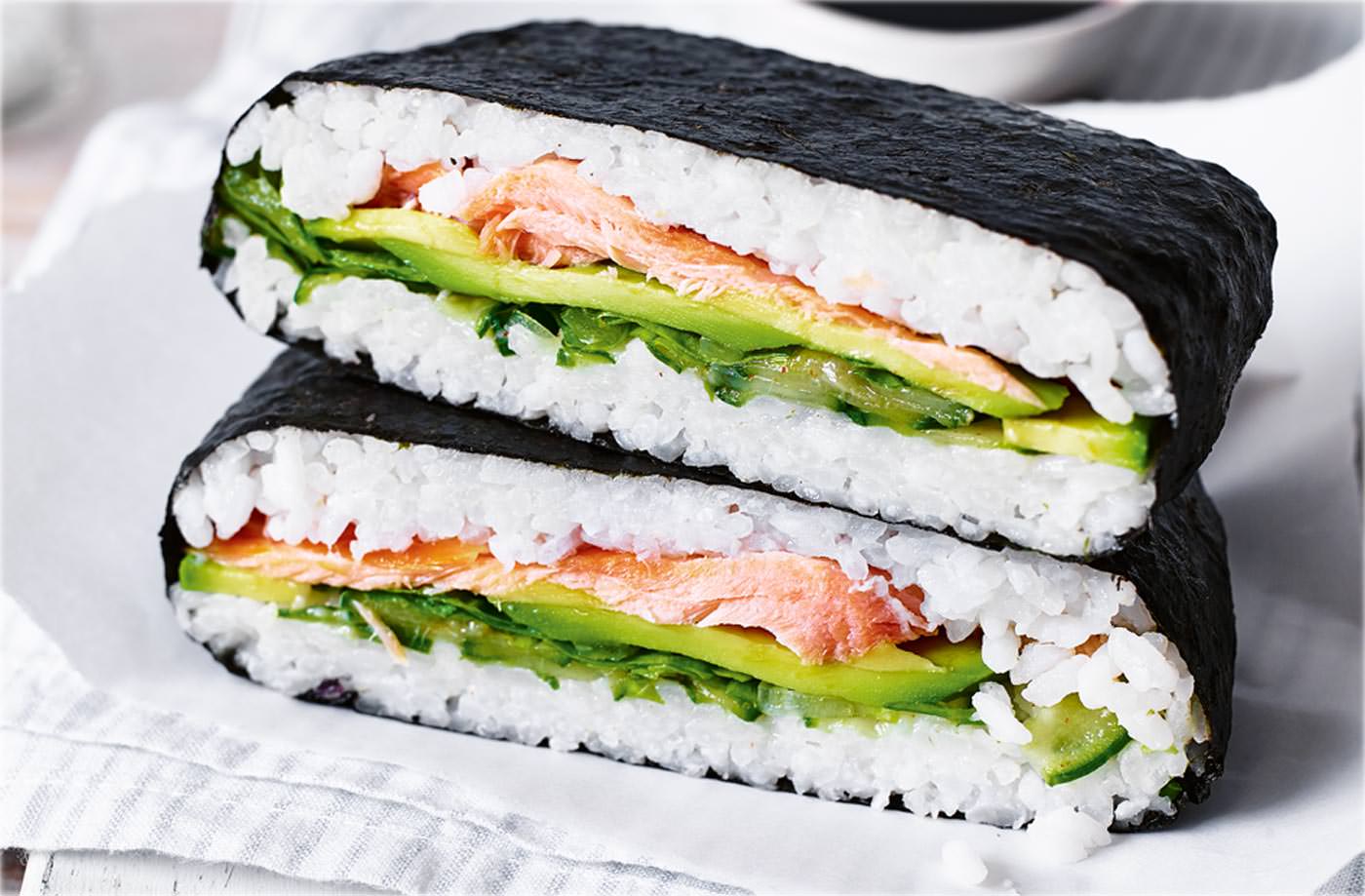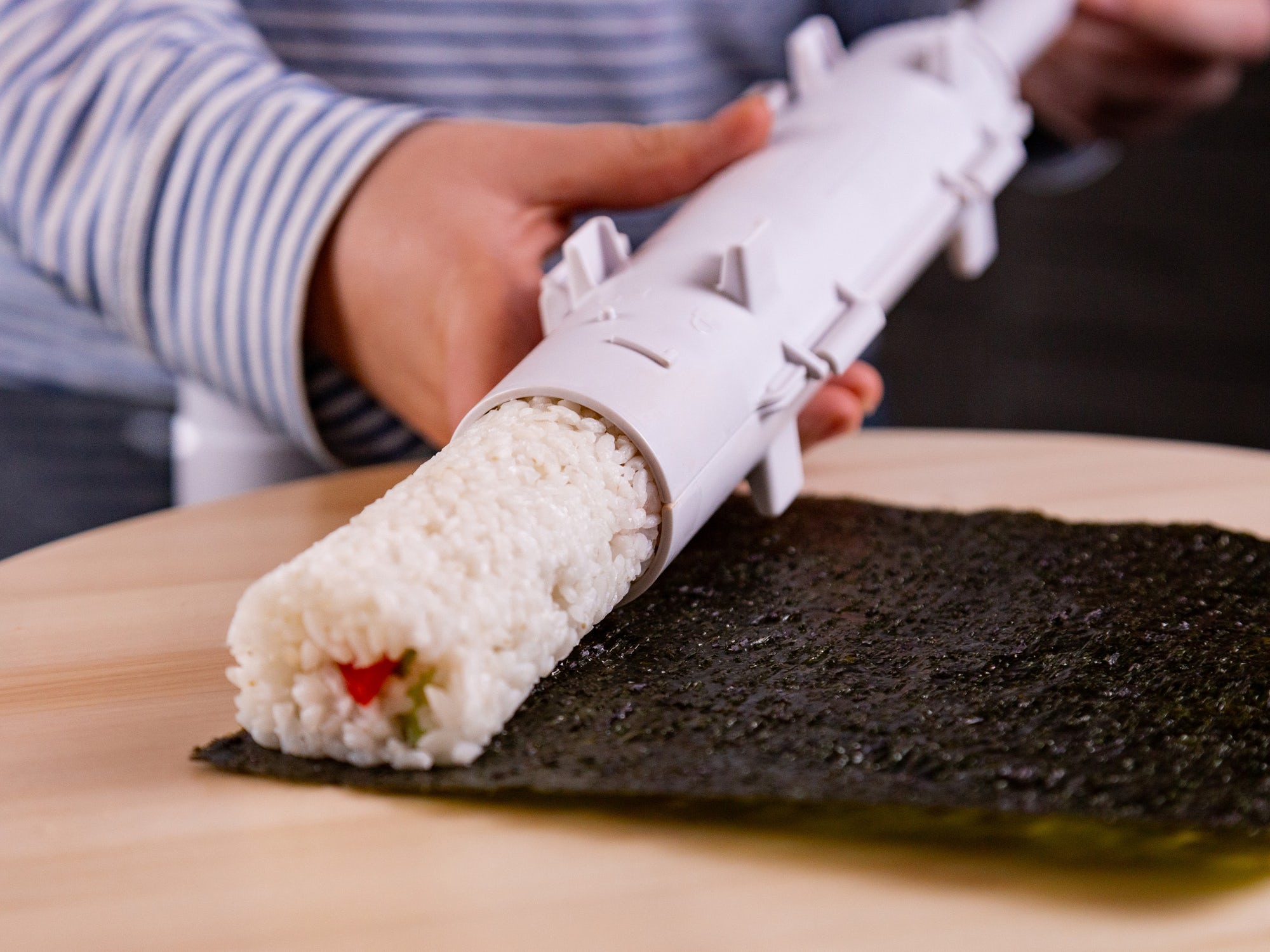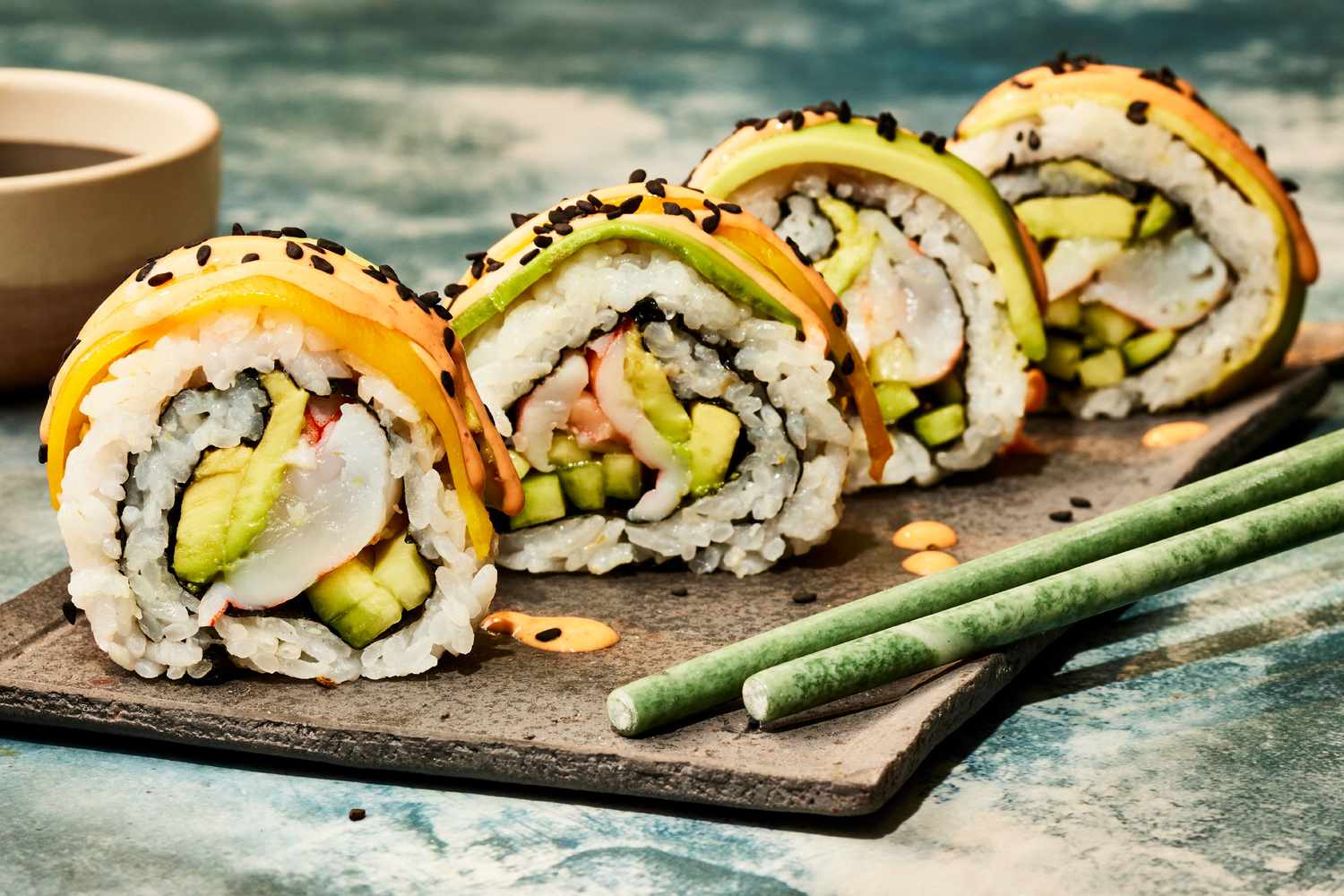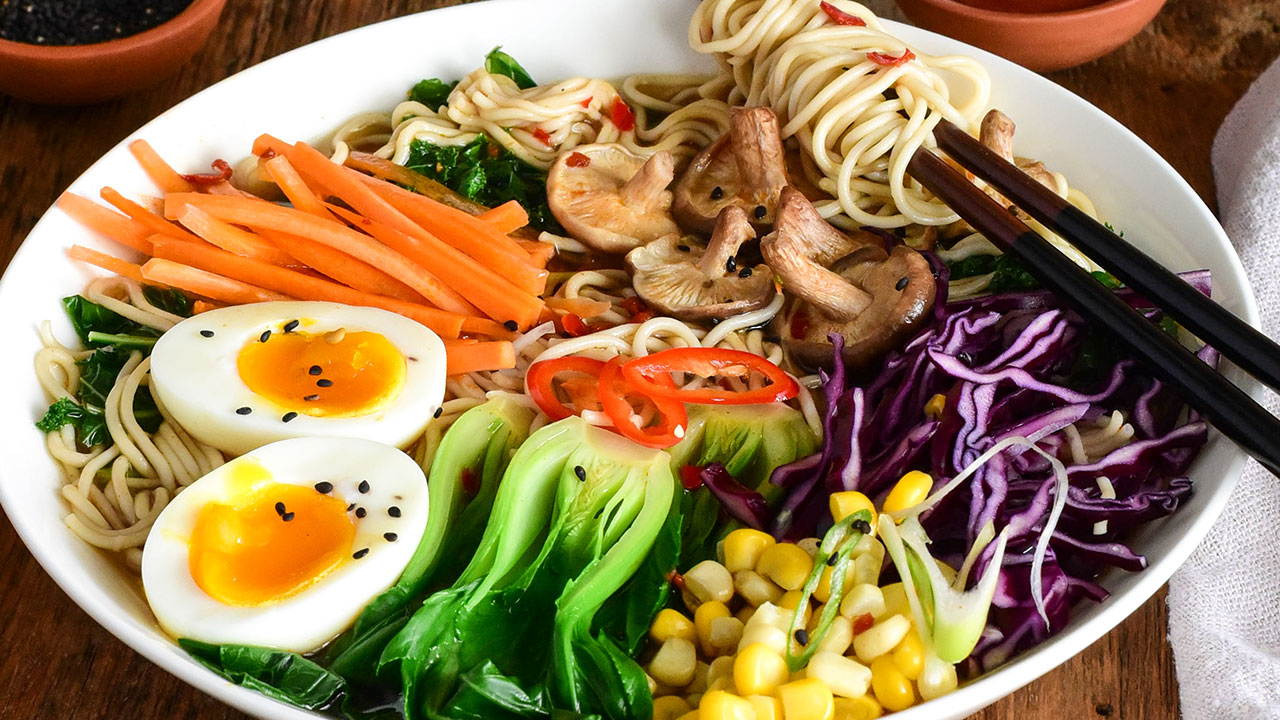Seaweed, often seen in sushi or miso soup, offers much more than meets the eye. Packed with nutrients, this ocean vegetable can transform everyday dishes into culinary masterpieces. From crispy seaweed snacks to savory soups, seaweed's versatility shines. Imagine adding a unique twist to your salads, smoothies, or even desserts. Different types like nori, wakame, and kombu each bring their own flavors and textures. Ready to explore the endless possibilities? Dive into these innovative recipes using seaweed varieties and discover new ways to elevate your meals.
Essential Ingredients for This Dish
- Nori sheets
- Wakame, dried
- Kombu, cut into strips
- Arame, soaked and drained
- Dulse flakes
- Sesame oil
- Rice vinegar
- Soy sauce or tamari for a gluten-free option
- Fresh ginger, minced
- Garlic cloves, minced
- Scallions, thinly sliced
- Sesame seeds, toasted
- Tofu, firm and pressed
- Carrots, julienned
- Cucumber, thinly sliced
- Avocado, sliced
- Lemon juice
- Sushi rice, cooked and cooled
Necessary Tools for Innovative Recipes Using Seaweed Varieties
Tools Needed for Innovative Recipes Using Seaweed Varieties
- Cutting board
- Sharp knife
- Mixing bowls
- Measuring cups and spoons
- Blender or food processor
- Saucepan
- Whisk
- Sieve or strainer
- Baking sheet
- Parchment paper
- Tongs
- Spatula
- Grater
- Mortar and pestle
- Serving plates or bowls
- Storage containers
Seaweed, rich in vitamins, minerals, and antioxidants, offers diverse flavors and textures. From nori's umami punch to wakame's subtle sweetness, experimenting with different types can elevate your culinary creations.
The Importance of This Step
Seaweed offers a unique blend of flavors and textures that can transform everyday dishes. Packed with nutrients like iodine, calcium, and vitamins, it supports health while adding a distinct taste. Using varieties like nori, wakame, and kombu introduces sustainable ingredients to your culinary repertoire.
How to Make Innovative Recipes Using Seaweed Varieties
-
Select Seaweed Varieties: Start by choosing different types of seaweed. Nori, kombu, wakame, and dulse are popular choices, each offering unique flavors and textures.
-
Preparation Techniques:
- For nori, used often in sushi, ensure sheets are dry and crisp.
- Kombu requires soaking in water for about 15-30 minutes before use.
- Wakame also benefits from soaking but takes less time, around 5-10 minutes.
- Dulse can be eaten raw or lightly toasted in a pan until crisp.
-
Incorporate into Salads: Chop soaked wakame or dulse into bite-sized pieces. Mix with greens, vegetables, and a dressing of choice for a nutritious salad.
-
Enhance Soups and Broths: Add kombu during the cooking process to imbue soups and broths with deep umami flavors. Remove before serving.
-
Create Seaweed Snacks: Toast nori or dulse in a dry pan or oven until crispy. Season with salt, spices, or a light spray of soy sauce for a healthy snack.
-
Boost Smoothies: For an extra nutrient kick, blend a small amount of any seaweed with fruits, vegetables, and liquids of choice. Start with a teaspoon and adjust to taste.
-
Seaweed Rice Dishes: Mix chopped nori or wakame into cooked rice along with sesame seeds, soy sauce, and a dash of rice vinegar for a flavorful side dish.
-
Seaweed Wraps: Use nori sheets to wrap rice, vegetables, and protein sources like tofu or fish for a quick and healthy meal option.
-
Seasoning Blends: Grind dried dulse, nori, or kombu into a powder. Use as a seasoning for soups, stews, salads, and even popcorn.
-
Baking with Seaweed: Incorporate seaweed powder into bread, muffins, or pancake batter for added nutrition and a unique flavor profile.
-
Homemade Seaweed Pasta: Mix seaweed powder into pasta dough for a nutrient-rich and colorful alternative to regular pasta.
-
Seaweed Tofu Scramble: For a vegan twist, add chopped nori or dulse to tofu scramble, giving it a seafood-like flavor without the fish.
-
Seaweed Pesto: Blend dulse or wakame with traditional pesto ingredients for a twist on the classic sauce, perfect for pasta, sandwiches, and salads.
-
Infuse Oils and Vinegars: Submerge a piece of kombu or dulse in olive oil or vinegar to create a uniquely flavored condiment over a few weeks.
-
Experiment and Adjust: Taste dishes as you go, adjusting the amount of seaweed based on personal preference and the flavor profile of the meal.
Embracing Seaweed in Your Kitchen
Seaweed isn't just for sushi anymore. It's a versatile ingredient that can elevate your dishes with unique flavors and nutritional benefits. From crispy seaweed snacks to savory soups, incorporating different seaweed varieties into your cooking can transform your meals. Try adding nori to your salads, wakame to your miso soup, or kombu to your broths for a rich umami taste. Seaweed is packed with vitamins, minerals, and antioxidants, making it a healthy addition to your diet. Experiment with these innovative recipes and discover new ways to enjoy this ocean treasure. Your taste buds and body will thank you. So, next time you're at the grocery store, don't skip the seaweed aisle. Happy cooking!
Common Questions About Innovative Recipes Using Seaweed Varieties
What types of seaweed can I use in recipes?
You can use nori, wakame, kombu, dulse, and kelp. Each has its own unique flavor and texture, perfect for different dishes.
How do I prepare seaweed for cooking?
Most dried seaweed needs to be rehydrated. Soak it in water for a few minutes until it softens. Fresh seaweed should be rinsed thoroughly to remove any sand or salt.
Can I use seaweed in desserts?
Absolutely! Agar-agar, derived from seaweed, is a popular gelatin substitute in many vegan desserts. You can make jellies, puddings, and even ice cream with it.
Is seaweed healthy?
Yes, it's packed with vitamins, minerals, and antioxidants. It's also a great source of iodine, which supports thyroid health.
What dishes can I make with seaweed?
You can make sushi, soups, salads, and even smoothies. Try adding wakame to miso soup or using nori sheets for sushi rolls.
How should I store seaweed?
Keep dried seaweed in an airtight container in a cool, dark place. Fresh seaweed should be stored in the refrigerator and used within a few days.
Can kids eat seaweed?
Yes, kids can enjoy seaweed. It's a nutritious snack. Just make sure it's cut into small, manageable pieces to avoid any choking hazards.
